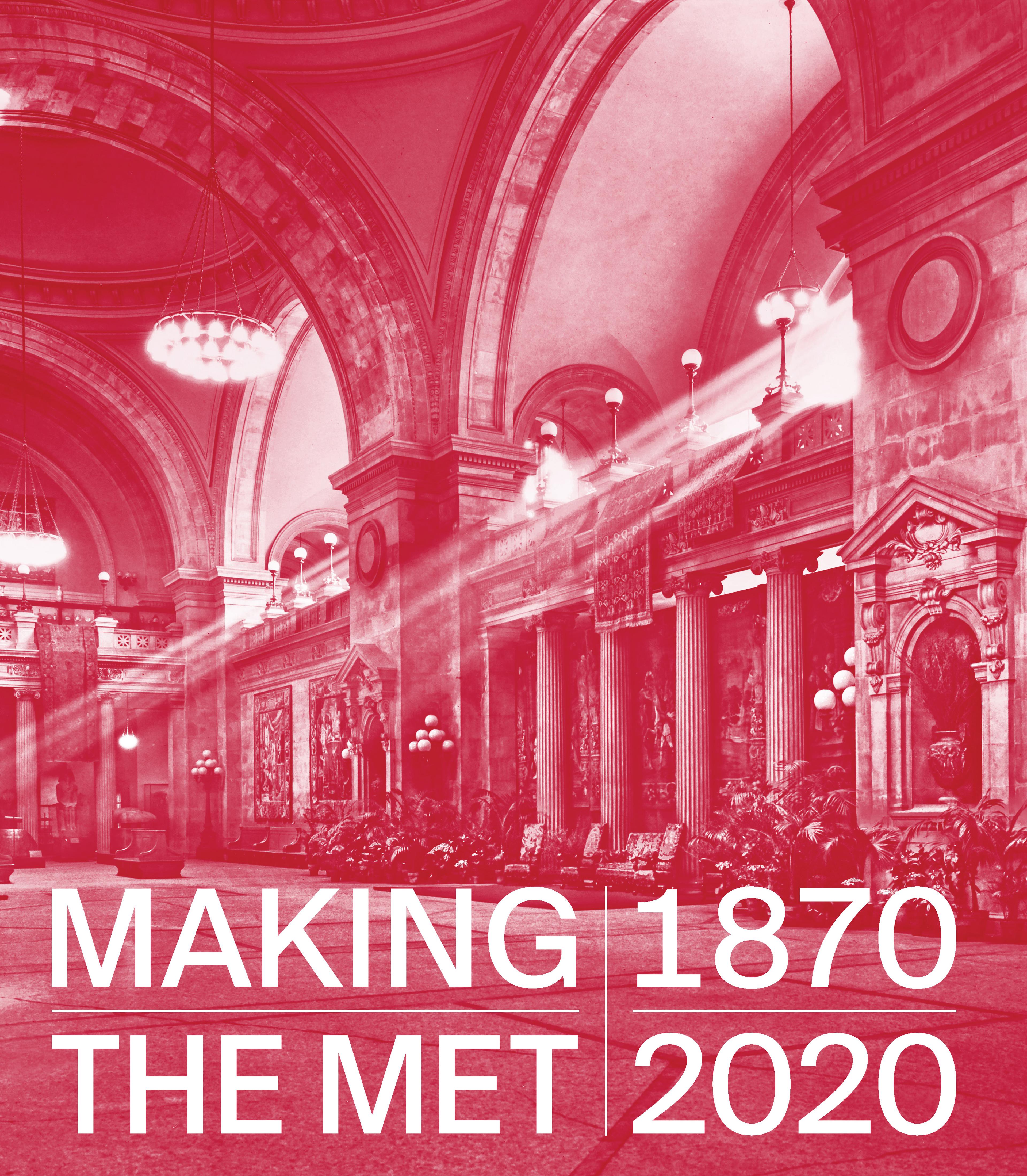Four Gospels in Armenian
Illuminated manuscripts are among the finest works of Armenian art as the "Word" has been the primary focus of veneration in the Armenian Church since its founding in the early fourth century. In the fifteenth century under Mongol domination in the region of Khizan near Lake Van (now in Turkey), Armenian artists developed the dramatic narrative style of illumination seen here. Colophons, notations in the text, identify this gospel as written by the scribe Margar for the Monastery of St. George at Mokk’ at the order of Bishop Sion. As it typical for Armenian gospels, the illuminations of the life of Christ are grouped at the beginning of the text before the Canon Tables with an evangelist’s portrait introducing each gospel.
Artwork Details
- Title: Four Gospels in Armenian
- Date: 1434/35
- Culture: Armenian
- Medium: Tempera and gold on paper; stamped leather binding
- Dimensions: Overall: 11 1/16 x 7 5/8 x 3 3/8 in. (28.1 x 19.4 x 8.5 cm)
- Classification: Manuscripts and Illuminations
- Credit Line: Purchase, Fletcher Fund, Hagop Kevorkian Fund Gift, in memory of Hagop Kevorkian, Tianaderrah Foundation, B.H. Breslauer Foundation, Aso O. Tavitian, Karen Bedrosian Richardson, Elizabeth Mugar Eveillard and Arax Simsarian Gifts and funds from various donors, 2010
- Object Number: 2010.108
- Curatorial Department: Medieval Art and The Cloisters
More Artwork
Research Resources
The Met provides unparalleled resources for research and welcomes an international community of students and scholars. The Met's Open Access API is where creators and researchers can connect to the The Met collection. Open Access data and public domain images are available for unrestricted commercial and noncommercial use without permission or fee.
To request images under copyright and other restrictions, please use this Image Request form.
Feedback
We continue to research and examine historical and cultural context for objects in The Met collection. If you have comments or questions about this object record, please contact us using the form below. The Museum looks forward to receiving your comments.
